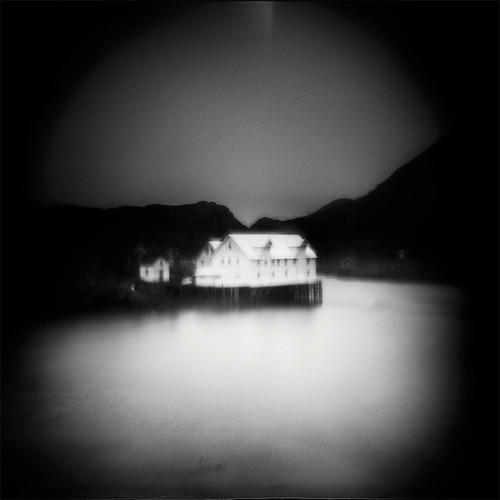March 31, 2014

Charles Marville: Photographer of Paris
Edgy may not be the first word that comes to mind describing photographs taken a century and a half ago. But time travel is certainly an edgy prospect and it's how I think of photography. Arriving at the moment in history when Paris is about to leave the Middle Ages and become the city we now know is an exciting possibility. Photography was in its infancy, 20 years old, so the confluence of art, technology and change is the theme of the show, Charles Manville: Photographer of Paris at the Metropolitan Museum Of Art in New York City, until May 4th.
Running simultaneously, also until May 4th, is Paris as Muse, Photography, 1840s-1930s. One of our Gumbo Gurus is threatening to see both and, if so, I hope he reports back for those of us not so lucky.

Paris as Muse, Photography, 1840s-1930s
7th Annual International Juried Plastic Camera Show
In San Francisco, Rayco Photo Center is currently hosting the 7th Annual International Juried Plastic Camera Show. Low tech is the name of the game these days with a segment of the experimental photo crowd, plastic lenses along with home-made pinhole cameras and pre-1950s models, among others.
I’m very attracted to the unpredictable nature of this edge of the photographic arts, have tried an old Kodak model I found at a garage sale that takes 120 film, as well as a pinhole camera at a weekend workshop in Tucson. I’m also the proud owner of a Holga 35mm that I have yet to test drive, and just to give a hint of the excitement ahead, the sellers offer rolls of black electrical tape for light leaks.
I plan to see the show soon and will certainly come back with a report. For those with a similar inclination, the show will be up until April 29th.
Andrea Buzzichelli, 'Norway'
Other interesting stuff:





Comments (8)